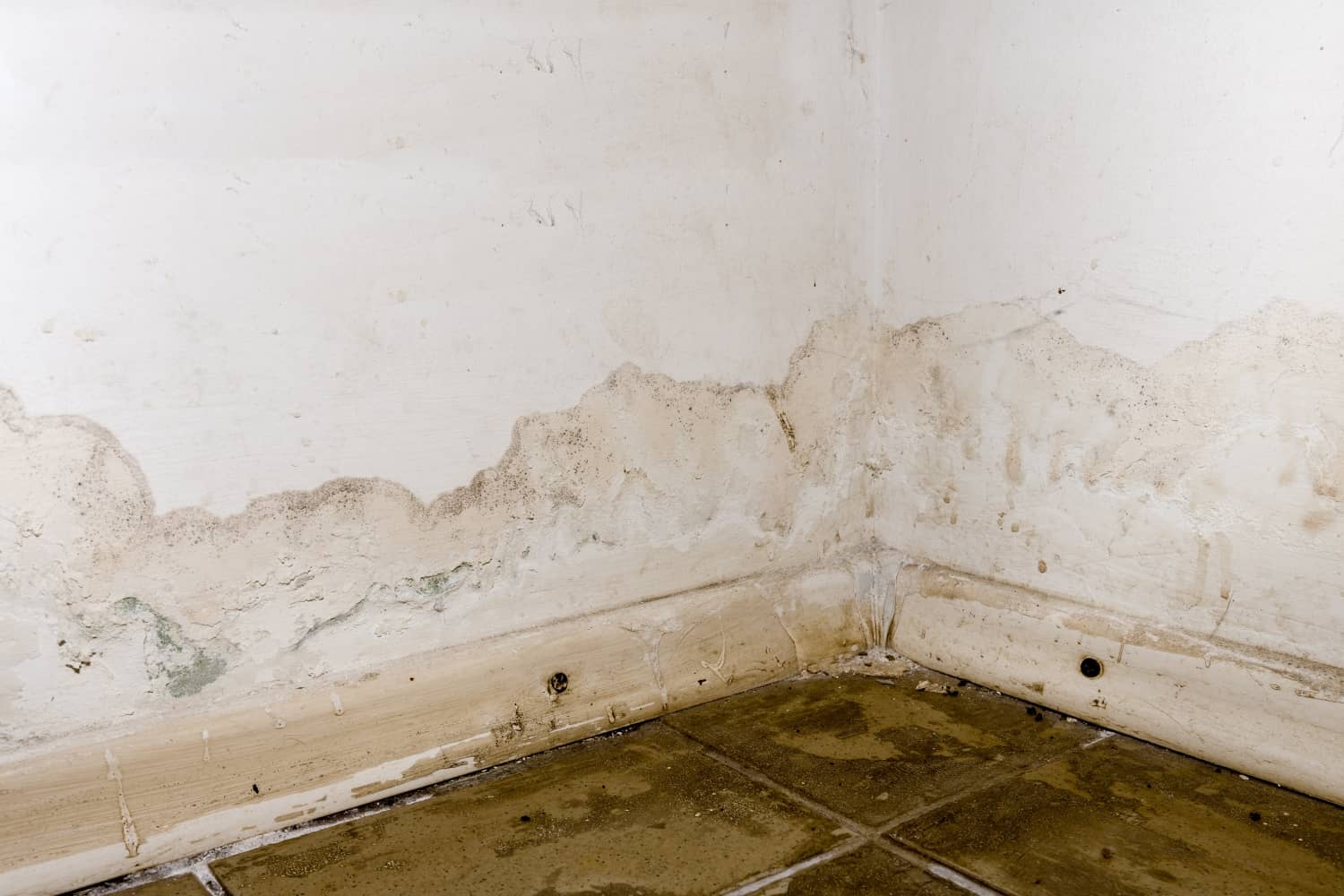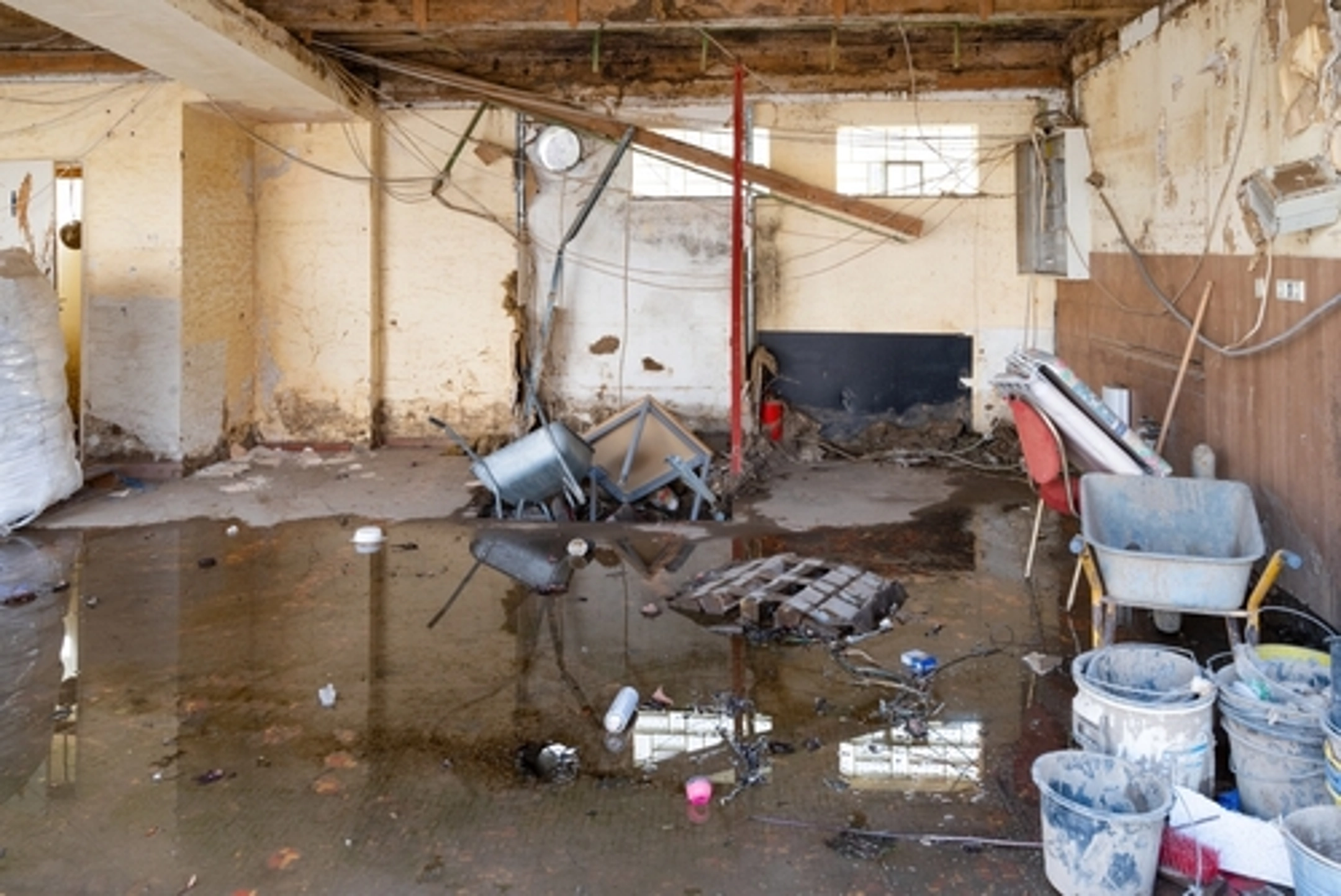Reliable Water Damage Cleanup Services to Restore Your Property Quickly
Reliable Water Damage Cleanup Services to Restore Your Property Quickly
Blog Article
The Process of Water Damages Cleanup: Guaranteeing Your Home Is Brought Back Properly
Water damage can be a daunting obstacle for home owners, requiring a careful and structured cleaning procedure to recover safety and capability. A detailed analysis is important to determine the level of the damages and establish the proper remediation procedures. Following this, effective water removal techniques play an essential function in mitigating more harm. The subtleties of drying out, disinfecting, and ultimate remediation are just as essential and frequently ignored. Understanding these stages can make a significant difference in the outcome of your home's repair, prompting a closer appearance at what each action requires.
Assessing the Damages
Upon uncovering water damage, the very first step is to thoroughly analyze the level of the impact. This first assessment is critical, as it helps determine the required actions for effective cleaning and restoration. Begin by checking the impacted areas, including walls, ceilings, floors, and individual belongings, to determine the source of the water breach, whether from flooding, leaks, or condensation.
Recording the damages is vital for both insurance policy claims and preparing remediation efforts - damage restoration services. Usage photographs and composed notes to capture the severity of the damage, noting any afflicted architectural elements and materials. Pay special interest to locations that may not be quickly noticeable, such as behind walls and under carpetings, as hidden moisture can lead to further problems, consisting of mold and mildew growth
In addition, analyze the timeline of the water exposure. The longer the materials continue to be damp, the higher the possibility for damage. Understanding the period of exposure will inform the necessity of remediation initiatives. Eventually, an extensive analysis lays the foundation for a successful water damages clean-up process, ensuring that all affected locations are dealt with efficiently and extensively.
Water Removal Techniques

Experts usually use completely submersible pumps for larger quantities of water, which can rapidly reduce flooding in basements or other affected areas. For smaller sized quantities, wet/dry vacuum cleaners are often made use of to extract recurring moisture from rugs and tough surface areas. Additionally, utilizing portable extractors enables targeted removal in confined rooms or areas with fragile materials.
In circumstances of polluted water, such as sewage or floodwater, progressed extraction techniques might include the use of biohazard tools to make certain safety and compliance with health and wellness guidelines. High-powered removal tools are important in lessening water retention in structural products, which can cause mold development and architectural degeneration if not resolved promptly.
Inevitably, the performance of water removal techniques plays a critical duty in the total success of the water damage clean-up process, preparing for succeeding remediation initiatives.
Drying and Dehumidification
As soon as standing water has actually been properly extracted, the following important phase in the water damages cleaning procedure is drying and dehumidification. This step is necessary to prevent more damage and mold growth, which can take place within anchor 24 to 2 days in damp atmospheres.
To accomplish efficient drying, customized equipment such as industrial-grade air moving companies and dehumidifiers is employed. Air movers circulate air click here for more info throughout wet surfaces, improving evaporation rates, while dehumidifiers minimize humidity degrees airborne, advertising a conducive setting for drying out. The combination of these tools guarantees that wetness is extracted from wall surfaces, floors, and home furnishings, allowing them to dry completely.
It is very important to keep an eye on the drying procedure closely. Experts frequently utilize moisture meters to analyze the dampness material in various products, guaranteeing that all influenced locations reach appropriate dryness degrees. This thorough method helps to stop covert dampness pockets that might lead to architectural damages or unhealthy mold growth.

Cleansing and Sterilizing
After the drying out and dehumidification stage is total, the next essential action in water damages cleanup is cleansing and sterilizing the affected locations. This process is crucial to avoid the growth of mold and mildew, microorganisms, and various other pathogens that flourish in damp atmospheres.
The cleaning phase usually entails eliminating any debris, dirt, and pollutants from surface areas utilizing specialized cleaning up representatives. For tough surface areas, a combination of soap and water or business cleaning items is frequently utilized. Soft products, such as furniture and carpetings, may call for a lot more extensive cleansing approaches, including steam cleansing or deep extraction methods, to make certain extensive hygiene.

Sterilizing adheres to cleaning, using EPA-approved disinfectants to eliminate damaging bacteria. This action is necessary, especially in locations that might have entered into contact with floodwaters or sewage, as these resources can position severe wellness threats.
In addition, it is essential to address any type of staying odors, which may require using odor neutralizers or try here innovative techniques like ozone therapy. Appropriate cleaning and sterilizing not just restore the safety and health of your home however also lay the foundation for effective remediation and repair work in subsequent phases of the water damages cleaning process.
Remediation and Repair Services

Once the analysis is total, reconstruction efforts can start. In addition, flooring may call for similar focus, depending on the degree of water direct exposure.
It is essential to involve knowledgeable repair specialists throughout this process, as they have the expertise to deal with complicated repairs effectively. They can aid minimize possible future problems, such as mold growth or structural instability, thus guaranteeing a habitable and risk-free living setting. Ultimately, efficient remediation and repair services recover the home's stability and enhance its overall value.
Conclusion
In final thought, the procedure of water damage cleanup is crucial for restoring a home to its pre-damage condition. Each stage, from examining the damage to applying effective water removal techniques, followed by thorough drying out, sterilizing, and essential fixings, plays an essential role in ensuring security and compliance with building criteria. Efficient implementation of these actions not just mitigates instant damage yet also enhances the long-lasting stability and worth of the home.
Water damage can be a daunting obstacle for house owners, demanding a structured and thorough cleanup procedure to bring back safety and functionality. Inevitably, a comprehensive assessment lays the groundwork for an effective water damage clean-up procedure, ensuring that all affected areas are addressed effectively and extensively.
Reliable water extraction methods are necessary in alleviating damage and avoiding additional complications following a water intrusion event.In verdict, the process of water damages clean-up is essential for restoring a home to its pre-damage problem. Each phase, from assessing the damages to carrying out reliable water removal techniques, followed by complete drying, disinfecting, and needed repair services, plays a vital role in making sure safety and conformity with structure criteria.
Report this page